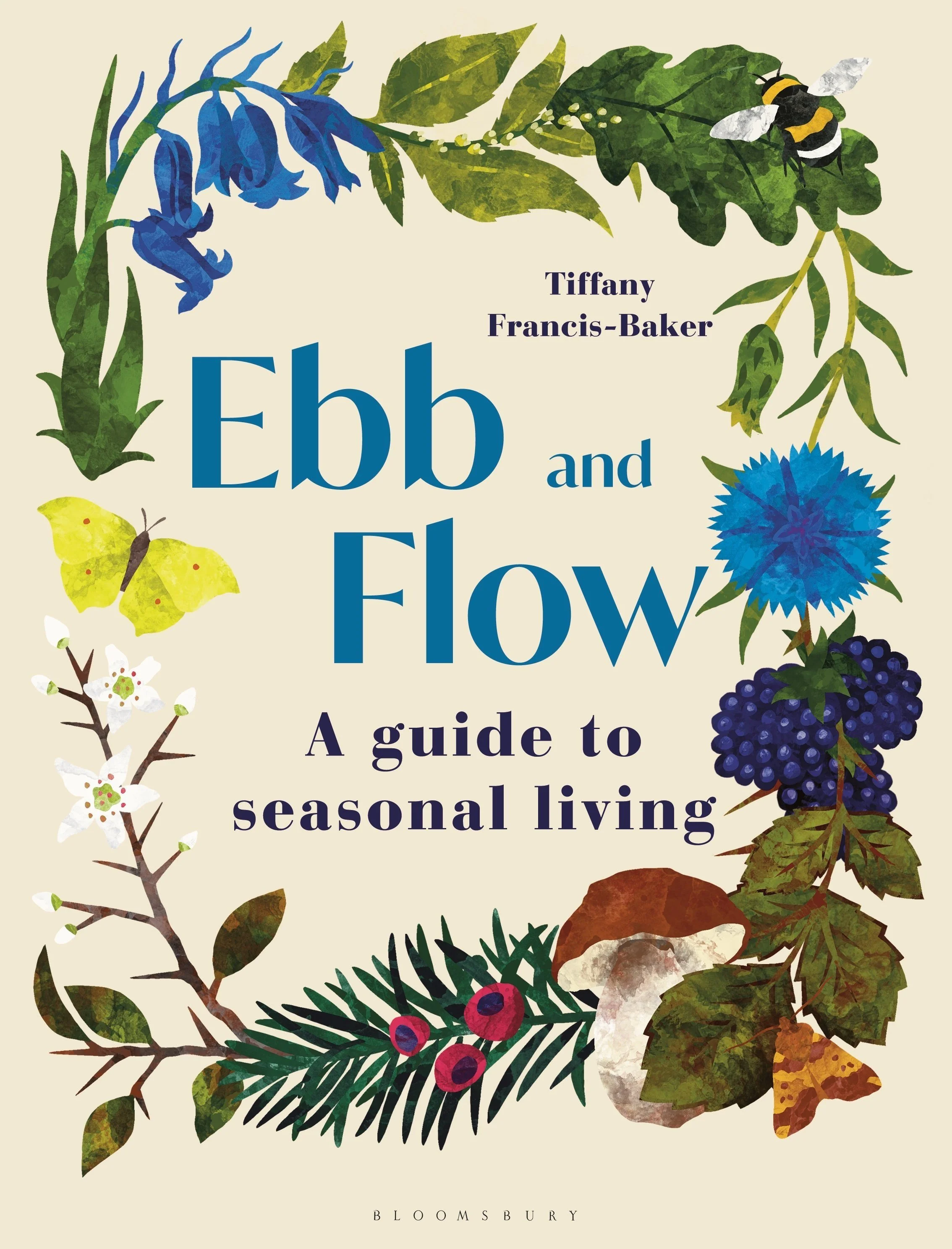The first frost
The quietude of midwinter is a message from the natural world, prompting us to slow down and restore our minds and bodies. Just as we sleep, the world outside sleeps, and from that dormant landscape emerge dreams in a different form. The earth becomes a canvas for one of nature’s greatest phenomena, clinging to the soil and dancing across the grass in twists, ribbons and blossoms.
Frost is formed when tiny ice crystals or frozen dewdrops coat the earth’s surface, usually overnight. It appears on clear, cold nights, when water vapour in the air condenses to form droplets on the ground. These droplets then freeze into ice crystals when the ground temperature drops below 0°C, so the formation of frost is usually an indication that the outside temperature has fallen below the freezing point. Thousands of years ago, our ancestors believed the moon and stars poured an icy covering onto the earth on cloudless nights, and while this isn’t entirely accurate, there was some truth in their beliefs. Clouds are packed with water vapour, a form of greenhouse gas that traps warmth inside the earth’s atmosphere, meaning that frost can only appear on clear, crisp nights when the moon and stars are not obstructed by clouds.
On cold winter mornings, the fern- like frost patterns on windows are said to be left by Jack Frost, a mischievous, often sinister figure originating from Anglo-Saxon and Norse folklore. Finding a renewed popularity in nineteenth-century American culture, he was accused of nipping the fingers and toes of small children in cold weather, and was sometimes drawn with a paintbrush and bucket, painting the autumn leaves red, yellow, brown and orange. Sadly, his fern-like window patterns have become less prevalent in the modern world, as the increase in double-glazing means the outer surface of our windows are not quite cold enough for his handiwork.
For centuries, frost-themed characters have appeared in folklore around the world, often personified as a figure known as ‘Old Man Winter’. Many of these figures appear in the form of wind gods, such as the Greek god Boreas who was depicted as a winged old man with frosted, shaggy hair, adorned with a conch shell and billowing cloak. The Greeks believed he dwelt in the distant north, in a land known as Hyperborea, where the people lived unnaturally long lives in complete happiness. In Old Norse mythology, the wind god Kári was the eldest son of an ancient frost giant, and a powerful spirit of blizzards and frost. He fathered two of his own sons named Jökul, meaning ‘icicle’, and Frosti, perhaps inspiring the creation of Jack Frost hundreds of years later. Depending on the account, either Jökul or Frosti then fathered Snær the Old, a legendary Scandinavian king and the personification of snow in the Norse pantheon.
In ancient Irish lore, legend tells of a winter hag queen known as the Cailleach, who ruled the months between Samhain in autumn and Beltane in spring. She had red teeth, and hair as white as frost, and in her right hand she wielded a magic rod, which she used to turn blades of grass into ice shards. On the first day of February, the Cailleach was believed to gather her firewood for the rest of the winter, making sure that day’s weather was bright and sunny for her task. If the weather was poor the people rejoiced, as it meant she had overslept, would soon run out of firewood, and the winter would finally be over.
As global warming continues to create shifts in the ecosystem, the ‘first frosts’ of autumn and ‘last frosts’ of spring have started to deviate from their once-clockwork routines. For gardeners, foragers and allotmenteers, observing when the frost settles has always been an important way of recognising the changing seasons. One of Britain’s wild hedgerow berries, the ‘sloe’ of the blackthorn tree, is supposed to sit through the first frost before it is picked, but shifting frost times have rendered rules like this almost redundant. Scientists have also suggested that as climate change brings warmer springs, trees are budding earlier and being caught out by later frosts, becoming more vulnerable to leaf and needle damage. As the temperature continues to shift, our seasons may become more fluid and merge together to create new patterns of weather. Now, more than ever, we must pay attention to our surroundings.
Ebb and Flow: A Guide to Seasonal Living by Tiffany Francis-Baker is out now, published by Bloomsbury Wildlife. You can buy it here, or subscribe to Tiffany’s Substack here.

